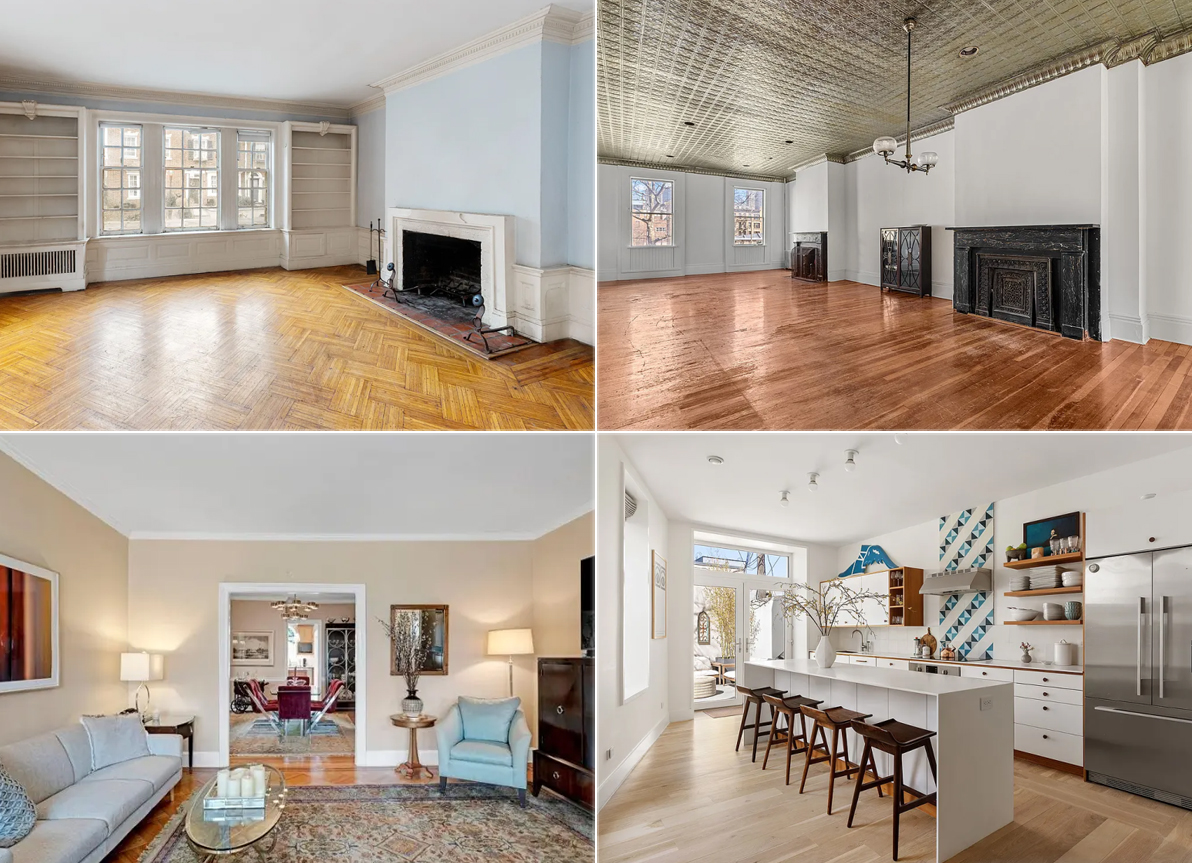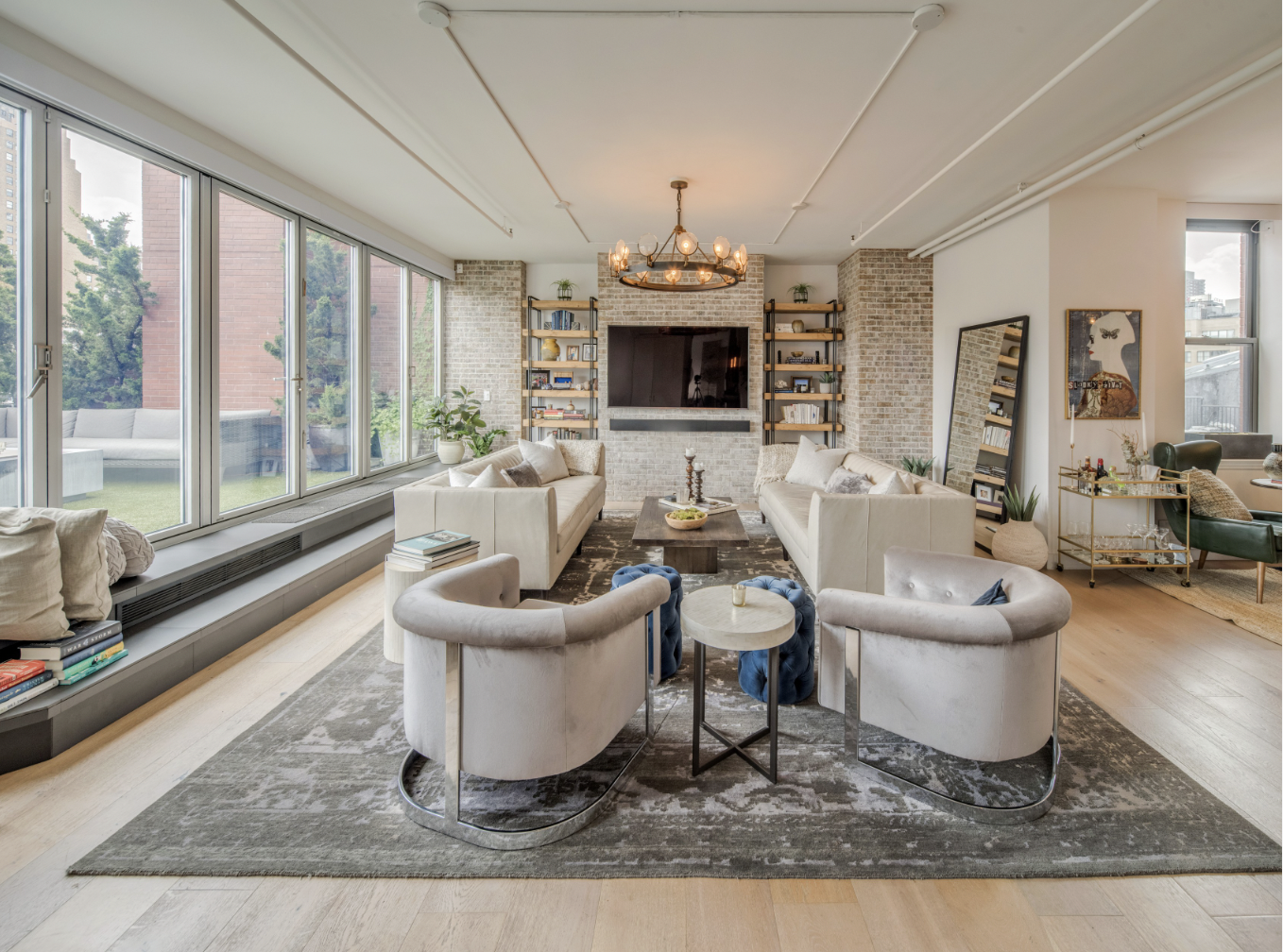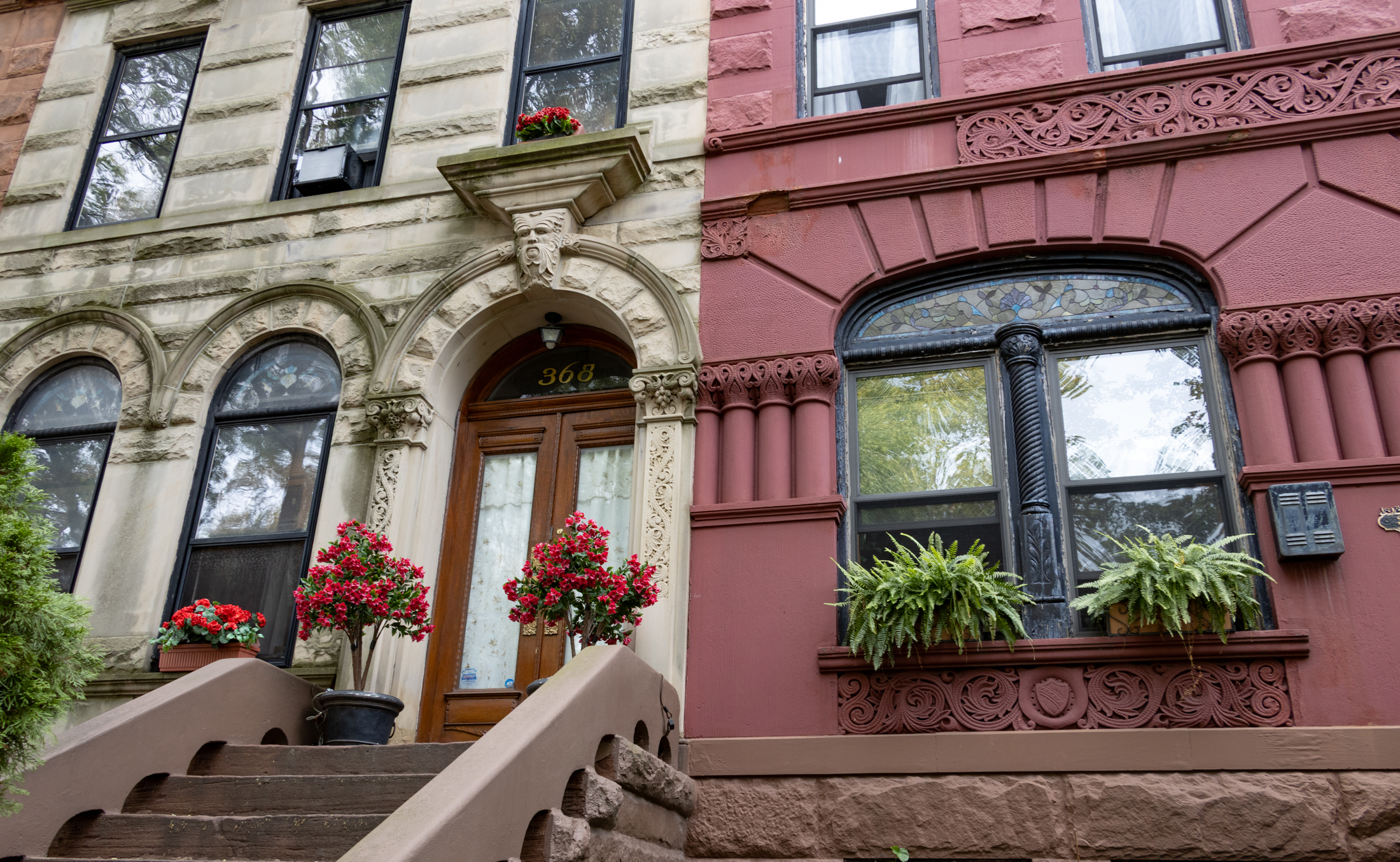Rental Prices Continue to Fall in 3rd Quarter
Life’s gotten a little easier for the renting crowd, according to a new report from Brownstone Homes (a firm we’ll admit to never having heard of). In the third quarter, which is the period of biggest turnover, more than half of new leases in Brownstone Brooklyn were done at lower prices than the preceding period….


Life’s gotten a little easier for the renting crowd, according to a new report from Brownstone Homes (a firm we’ll admit to never having heard of). In the third quarter, which is the period of biggest turnover, more than half of new leases in Brownstone Brooklyn were done at lower prices than the preceding period. In Brooklyn Heights and Park Slope, the reductions were as much as 15 percent. Not surprisingly, apartments are sitting on the market longer, resulting in a correspondingly higher overall vacancy rate. All fine and good, but we’d like to know something about the number of data points.
Brooklyn Rents Down, Apartment Vacancies Up [Brooklyn Eagle]
Leases Up, Rents Still Down in Brooklyn [Curbed]





Broke…you said “Many”
Lots of people cite unverifiable data that they pull out of their asses when posting some of the more extreme viewpoints here.
Just callin it out.
I lowered the rent for a 1 bedroom in my park slope brownstone from 1900 to 1760. It took 4 days to rent the space. I see rents going down for the next year and strongly believe that we will see rents going up again by 2011. Rents in pk slope are still much higher then they were 5 years ago.
i don’t see the logic in the argument.
rent roll = rent rate * occupancy. if anything current owners should be reducing rent to get to full occupancy then returning to the lender/investor to renegotiate/extend.
how many buildings in brooklyn are in cmbs pools, btw?
Dave,
Ask anyone who worked in a CMBS unit. I have a few friends who did.
Antidope,
They need to keep the rents high to at least try to make the loan payments. If they default, the banks take ownership and sell at a much lower price to a new owner, that new owner is going to assume much lower rents are required and will be more willing to fill the apartment at the lower rent than the previous landlord would.
A lot of landlords are holding out for higher rents because they have no chance of meeting their obligations unless they can get someone in there at the rent that was assumed when they took out the debt. They also will need to re-finance when their baloon payments are up and need to show a big enough rent roll to get the re-fi.
“Many building owners set up LLC’s and did big cash-out re-fi’s ”
Many?????
Statistics???? No, I thought not.
Pete,
That would be my question. Of course rents are lower, but this report isn’t informative without a sense of sample size and where the sample came from. Did the study include leases from agencies other than the author? We could be talking five leases for each bar in the graph. And what about the no-broker part of the market?
Also, it’s a YOY comparison, since it is looking at lease renewals — higher or lower than old lease. Doesn’t really tell you how 3Q compares to 2Q. Are rents for comparable apartments in 3Q higher or lower than 2Q and by how much.
And who on this site ever said rents always go up?
BD- why would rents change if the ownership of the building changes via foreclosure or negotiated exit? are you suggesting current ownership is hanging on to high rents with corresponding low occupancy bc of the loans the bldgs carry? the loans will default if occupancy is too low and they can default if rent rates are too low, so i don’t see the different effect.
I was in a situation in February where I needed to move, but had a open-ended time frame for doing so. I saw the same listings over and over again for the 6 weeks I was looking and the brokers were trying like crazy to get you to make any kind of offer. Back then, the brokers were saying that everything would get better in the summer.
Seems like things have stabilized, but the more people who lose their jobs or give up and move home, the lower rents will go.
Many building owners set up LLC’s and did big cash-out re-fi’s with the banks which let them pocket the money without any recourse for the bank on the cash (only the building). All the models the banks used to price these loans (and eventually package them) assumed growth in rent rolls. Will be very interesting to see what happens to rents if these buildings start folding, which is probably another 12 months away.